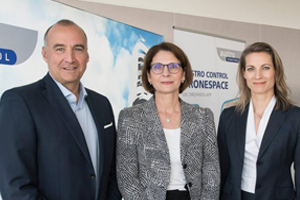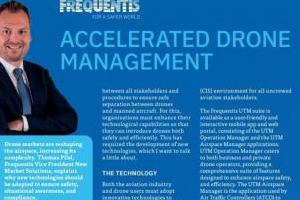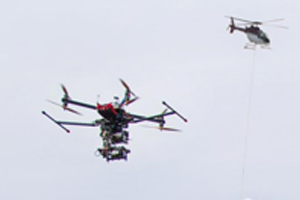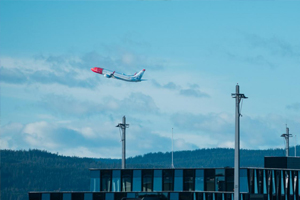Digital transformation in Air Traffic Management requires a shift from system-centric connectivity to a service-centric, ATM-grade network architecture. The Frequentis Networks portfolio provides a suite of products and solutions to ensure reliable transport of voice, surveillance, and other safety critical data across geographically dispersed ATM systems in challenging environments.
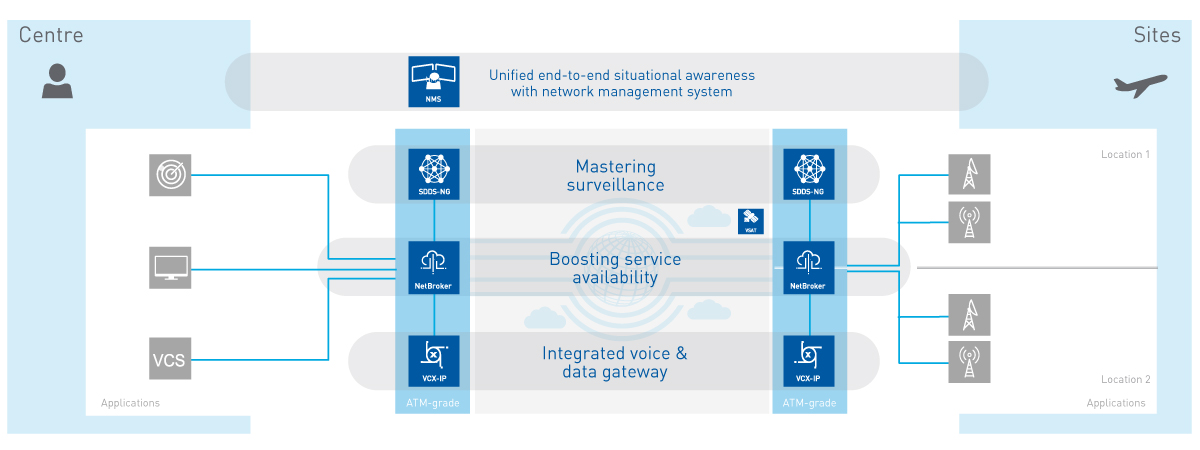
At Frequentis, we understand ATM applications – as well as their requirements regarding timing and availability as their criticality – and we have designed our network portfolio to monitor and ensure the performance of these services end-to-end. Unlike generic communication technology providers, we go beyond classical network connectivity, offering ATM-grade service assurance built on application awareness, intelligent routing, and operational resilience.
For a deeper look into our ATM-grade network philosophy, including our long-term vision, visit also our dedicated page: ATM-Grade Networks focus area




